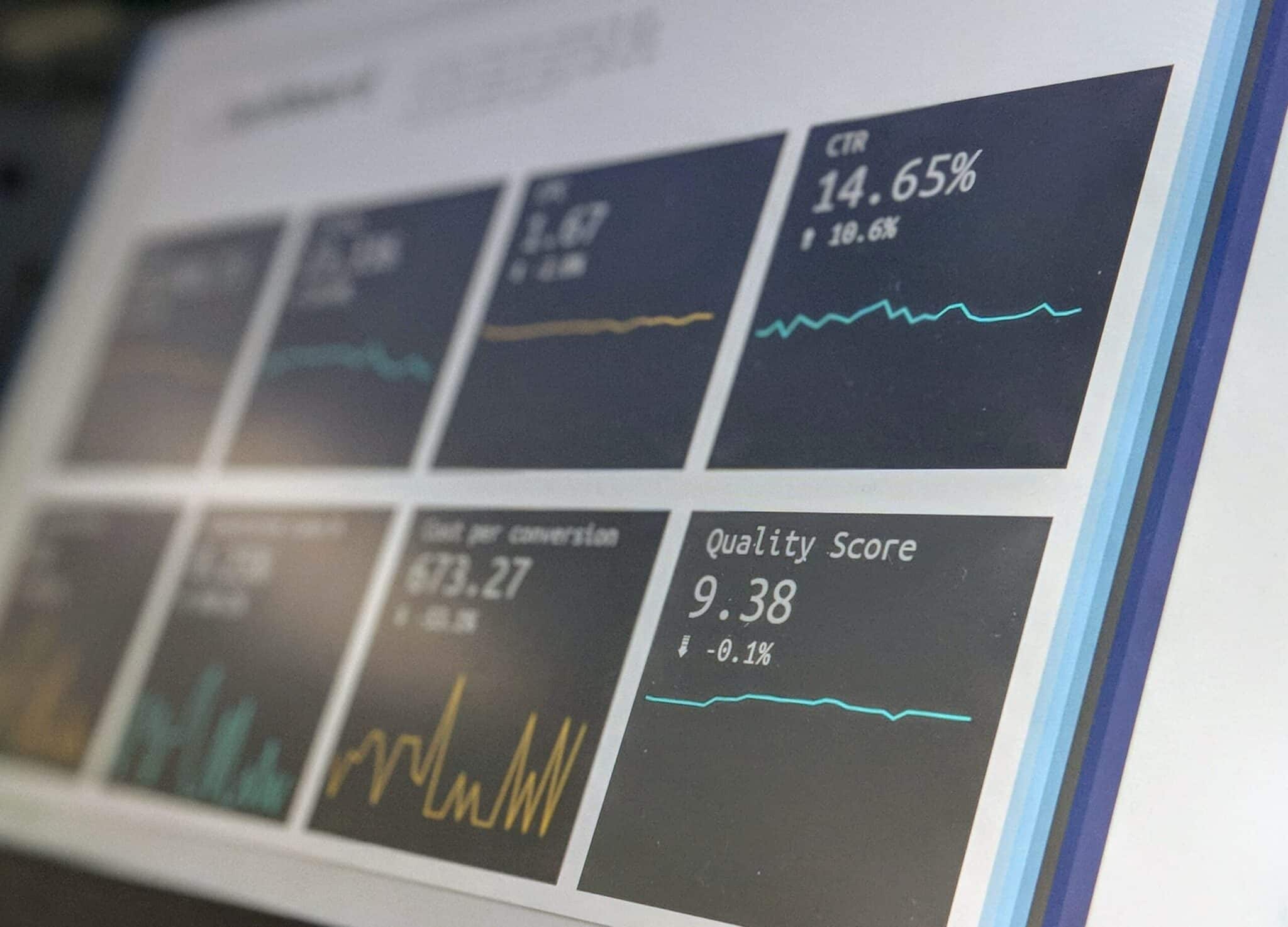What does it take to survive and thrive in the post-COVID era? For business owners, there are dozens of worthwhile tactics that get the job done. Many entrepreneurs who operate in the highly competitive economic environment of the 2020s have rediscovered the importance of following up with customers after each sale.
Other owners manage their daily operations by using the most appropriate business intelligence software for their company’s size, niche, and operational style. Additionally, leaders in the commercial world leverage core strategies for long-term success. Those techniques include careful management of time, extensive networking, smart outsourcing, establishing telecommuting arrangements, and preparing for the next pandemic. Here are the ways they achieve those goals.
Do Extensive Customer Follow-Up
Organizations of all sizes can benefit from concentrating on doing proper follow-up after each sale. The most significant challenge for startups and large corporations in the digital era is customer retention. With enough of the right kind of advertising, hard-working entrepreneurs can usually find enough new clients to create an initial cash flow. But too often, there’s not a strong enough effort made to retain clients and turn them into loyal, repeat buyers.
Focus on Selecting Business Intelligence Software
In the hectic working environment of the 2020s, it’s essential for owners, entrepreneurs, and managers to have a business intelligence (BI) software system that suits their organization’s needs. There is no such thing as a one-size-fits-all approach when it comes to such vital products. Just as there is no universal management style, home design, or investing method, there is no ideal BI configuration or application for everyone.

The bottom line is to find a way to make data-focused decisions in an accurate and timely manner. Organizations with the highest likelihood of success are the ones that anticipate the future and adapt BI solutions to their changing needs. In fact, neglecting to adapt in this way can mean failure, while companies that are willing to employ custom-made solutions and products are more apt to survive for decades.
Leaders need to transform complicated data sets into practical insights. When that happens, they gain a few steps on the competition. In the 2020s, there’s no doubt that one of the industries expanding the fastest is BI-oriented software, systems, applications, and related solutions. Up until now, Microsoft has led the niche with its Power BI offering, the segment’s most-used platform. Though it’s incredibly popular and profitable, Power BI is not the best fit for all businesses or departments.
That’s because there are many alternatives to Power BI that are cost-beneficial for a wide range of organizations in every sector. There are several factors for decision-makers to consider when shopping for a BI solution. They include things like the types of data they use, their need for different levels of integration, the size of work teams, the industry in which the company operates, the varying level of reliance on data visualization, and more.
Every case is unique, which is why managers decide on a case-by-case basis. It’s important for owners to understand that even if they’re already using Microsoft’s product, they might still have a need for additional intelligence capacity in the form of a different system. Right now, most businesses use three or four BI software products simultaneously. To gain a deeper understanding of what’s out there, be sure to review an all-in-one guide that goes into detail about Power BI’s five most capable alternatives, along with the strengths and weaknesses of each one.
Meticulously Manage Time
Smart managers and decision-makers know something about making the most of the time they have in each working day. If you struggle with getting basic tasks done within a standard eight-hour shift, explore one of the many online courses that teaches the principles of managing personal schedules. Because the discipline is more science than art, anyone can learn the principles and apply them to their everyday situation.

Never Stop Networking
Networking is forever. The secret that successful business leaders understand is that the process of building professional networks is an ongoing process. There’s no point where you’ll say, “that’s it,” and stop. Designate at least 15 minutes per day for networking. Make calls. Shore up relationships. Send texts and emails to people you haven’t spoken with in several months. In general, recoup old connections and work on developing new ones.
Be Honest About Outsourcing
Get serious about outsourcing by making a list of chores that could be done better by an outside service provider. Focus on retaining all tasks that are under the umbrella of your strongest skill sets. Everything else can be handed off. Always shop around before signing a service contract. In the B2B space, prices vary a great deal, and the talent pool is large enough that quality is all over the map. Take time to get referrals and do plenty of online research about every provider on your outsourcing shortlist.


